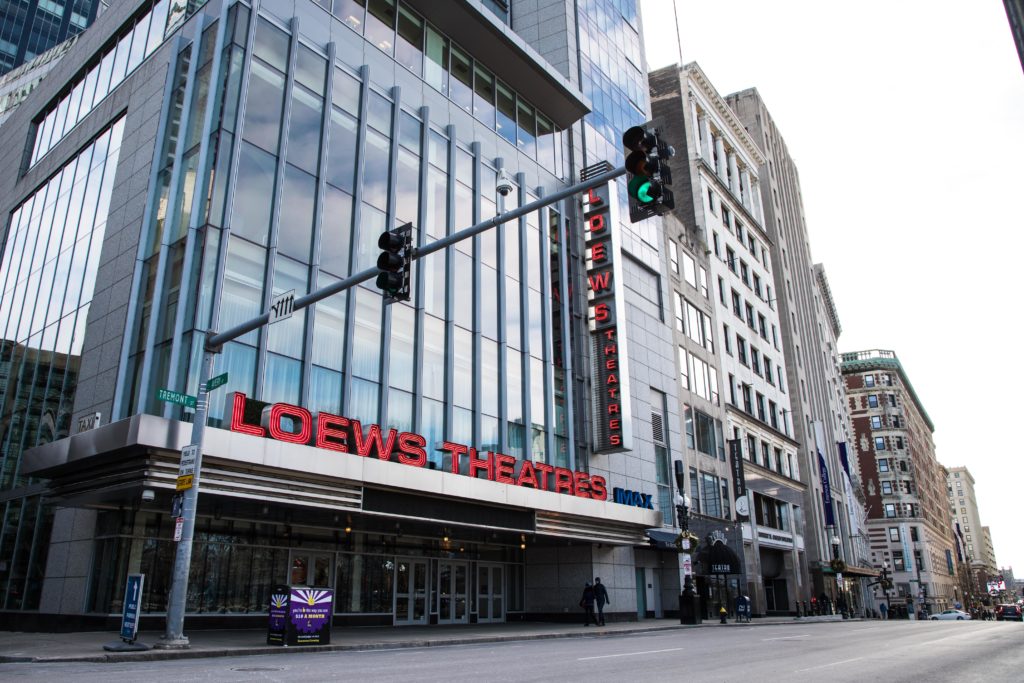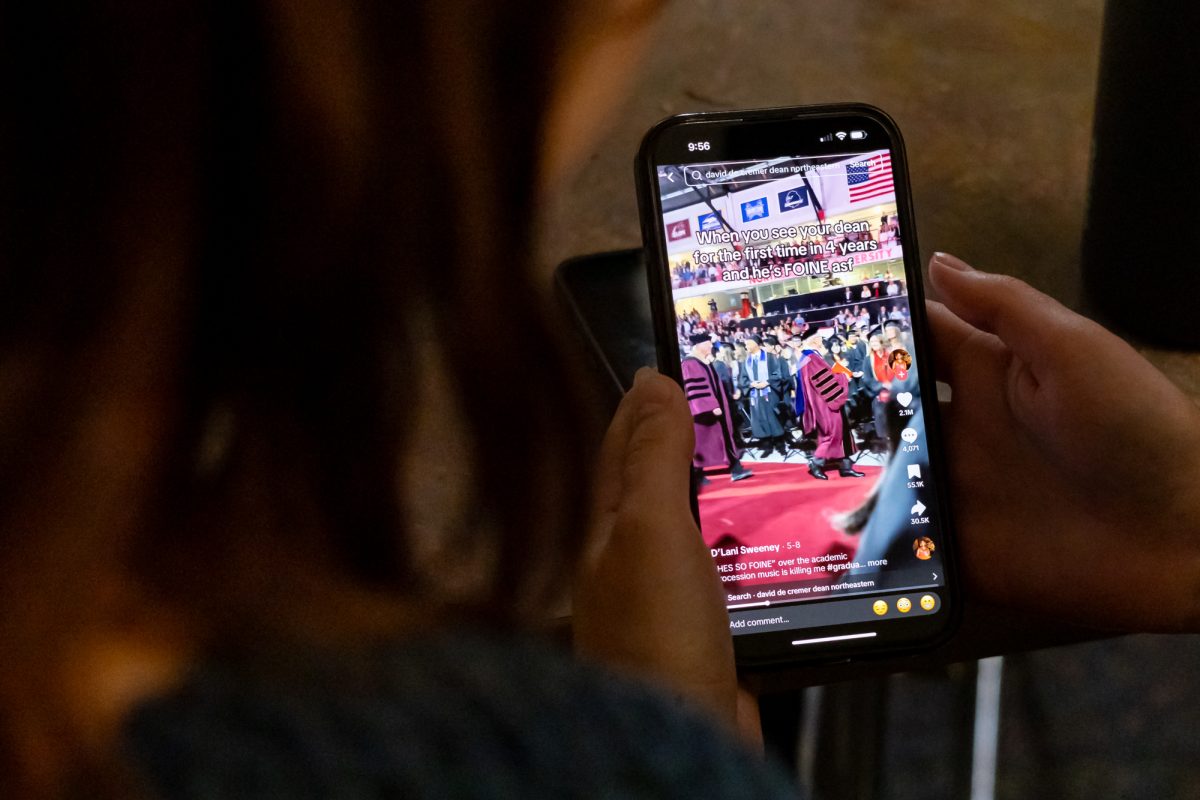By Audrey Wang, news correspondent
As he scrolls through movies on his phone, Josh Alter’s eyes light up and he talks about all of the blockbusters he has seen recently. They range from “It” to “Blade Runner” to the second “Kingsman.”
“I actually saw Ladybird for the second time in theatres yesterday,” the second-year computer science major said in mid-December, smirking as he described seeing film after film in theatres for close to nothing.
Alter saw these films using MoviePass, a subscription-based movie ticketing service founded in 2011 that allows members to watch unlimited movies in theatres for $10 each month. This startup, along with similar membership services like Sinemia and the AMC Stubs reward system, are business ventures meant to bring crowds back to the theatre.
When a user signs up for MoviePass, they are sent a debit card in the mail. At the movie theatre, they use the MoviePass app to select which movie they want to see, and use the ticket kiosk normally — but they pay with their MoviePass debit card. The company then pays the full ticket price to the theatre directly.
“I definitely didn’t like to waste my money on bad movies before,” said Jake McConnell, a second-year media and screen studies student at Northeastern. “But now that I’ve subscribed to MoviePass, I love that I can watch so many movies without worrying about the cost.”
The percentage of Americans who go to movie theatres has declined steadily since 1948. Summer 2017 was a historically bad season at the box office, falling behind recent years in total revenue. 2017 also included the industry’s worst weekend since 2001, according to data published by IMDB’s website BoxOfficeMojo. These dismal numbers have driven the movie industry to creative strategies to get people to return to the big screen.
The silver screen has enticed and entranced Americans for a little more than 100 years, but it now battles streaming services like Netflix, which allow Americans to watch nearly unlimited movies and TV shows in their homes for $8 to $14 a month. For consumers, $8 can either mean unlimited movies and TV monthly or a single movie in theatres.
This shift in media consumption has put Hollywood into a scramble to find a solution that will draw crowds back to the box office as profits continue to decrease. New startups like MoviePass and Sinemia are slowly receiving more recognition as they gain subscribers.
“I got MoviePass as soon as they dropped the price to $10 a month a few months ago,” Alter said. MoviePass’s drastic drop in price from $50 in some markets to $9.95 nationally shocked the film distribution industry, considering the monthly fee is cheaper than a single movie ticket in many cities. These subscription models are sending shockwaves through Hollywood and upsetting the traditional distribution tactics in a way that just might save it.
“Trying to attract a bigger audience to the movie theatres is no new phenomenon,” said Nathan Blake, a media and screen studies professor at Northeastern University. “Ever since the very beginning, theatres have always been trying to get people to come in.”
The film industry in the United States introduced 5-cent theatres in 1905. The popularity of theatres made way for a cultural boom starting in Los Angeles, precipitating the rise of 1920s Hollywood.
A sharp decline in theatre attendance in the 1960s occurred as TVs were popularized in homes. As a result, Hollywood started targeting a specific demographic: youth. The industry launched unconventional plot lines and idealized movie stars.
Throughout Hollywood’s past, it embraced a tactic of accepting and using the innovations that had worked against them to their advantage.
Enter Netflix: The latest competition for the theatre industry, it was founded in 1997 as a home video sales company. Two years later they introduced a monthly subscription concept: unlimited rentals with no extra costs. As DVD use began to fall, the company started offering streaming on-demand through the internet in 2007.
At the time, Netflix had 7.34 million subscribers, according to Business Insider. Just eight years later, it hit 60 million.
Though Netflix originally only offered third-party content to its viewers, the company now produces its own. This content is never shown on movie screens or on TV, yet is often considered for major industry awards. Original content from streaming services have been recognized by the Golden Globe Awards in recent years, and is just now breaking into the Academy Awards.
MoviePass has recently been adjusting to target a bigger audience. The company’s goal is to win audiences back by charging them the same amount they would pay for streaming services like Netflix and Amazon, which are otherwise gaining the upper-hand in the media consumption race.
In the week when MoviePass dropped its price from $40 to $10, some theatres saw their attendance of MoviePass members grow by 1,200 people, according to data Deadline acquired from Helios and Matheson.
However, MoviePass is not the only revolutionary thinker out there. Sinemia, a “movie-experience service,” as founder Rıfat Oğuz called it, also offers a subscription-like service where customers can buy a package deal for two or three movies a month at a discounted price.
Sinemia is based in Los Angeles but is more popular in Europe, Oğuz said. It has also grown quickly in the United States — more than 95 percent per month — and has users in all 50 states. Sinemia keeps the number of customers it has confidential, while companies like MoviePass proudly boast their estimated 600,000 subscribers and projected 3 million subscribers for August.
Sinemia, while comparable to MoviePass as a new technique for getting audiences back to the theatre industry, is actually very different. Sinemia only allows two or three per month. Sinemia also has packages for people attending movies in pairs, and it partners with apps like Uber and restaurants near theatres to provide discounts.
“We are focusing on the social experience of movie-going, from the ride there, to the dinner before and to the movie itself,” Oğuz said. “MoviePass only offers discounted tickets; we offer social interactions.”
However, a problem with the price of MoviePass is that they are operating at a loss. According to an interview with Wired, Helios and Matheson CEO Ted Farnsworth said they pay the exhibitors the full price of the ticket, essentially losing money with every use, which makes the business unsustainable. Sinemia, though more expensive, is currently sustainable because of their partnerships with other companies.
In the same interview, Farnsworth said he hopes movie studios might buy their customer information to do targeted marketing. He imagines that once MoviePass has a lot of subscribers, they could use that consumer information to fill theatres back up again.
Like many big exhibitioners, AMC is hoping to boost its own rewards system, Stubs, and not have all of their attendees be MoviePass members. Still, MoviePass CEO Mitch Lowe said because of the decreased ticket price, attendees would spend more on concessions, which has been a savior for exhibitioners when prices fall.
The biggest concern for these exhibitioners, however, is the fact that with this reduction in ticket prices exhibitioners could be forced to lower their own prices, decreasing their already declining revenue. They are afraid that once moviegoers think an $8 ticket is a “rip-off” they will stop going altogether.
Business Wire reports that AMC has retaliated by banning users in Denver and Boston from buying e-tickets. However, like Sinemia, MoviePass is an independent company that provides members with a debit card to pay for tickets, which AMC cannot decline.
“It’s kind of messy,” Alter said, reflecting on the drama between AMC and MoviePass, “but I really hope [MoviePass] lasts.”









